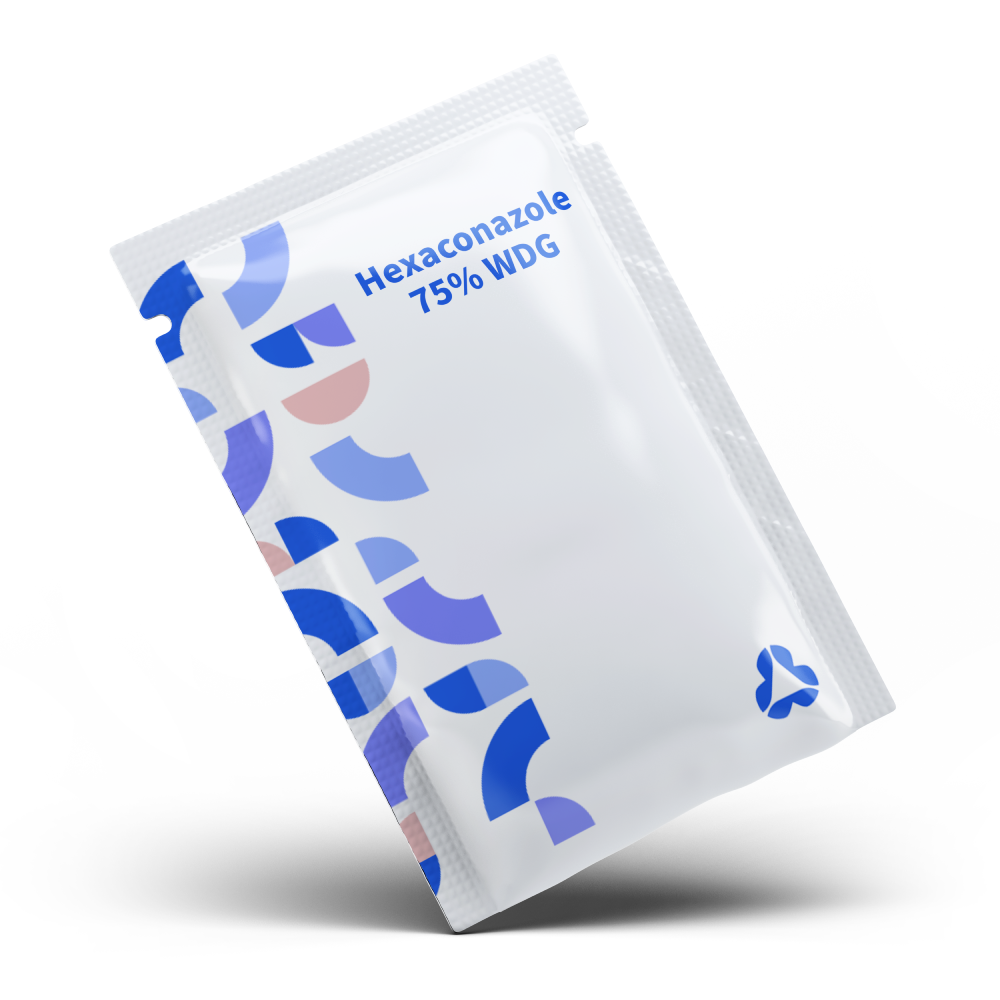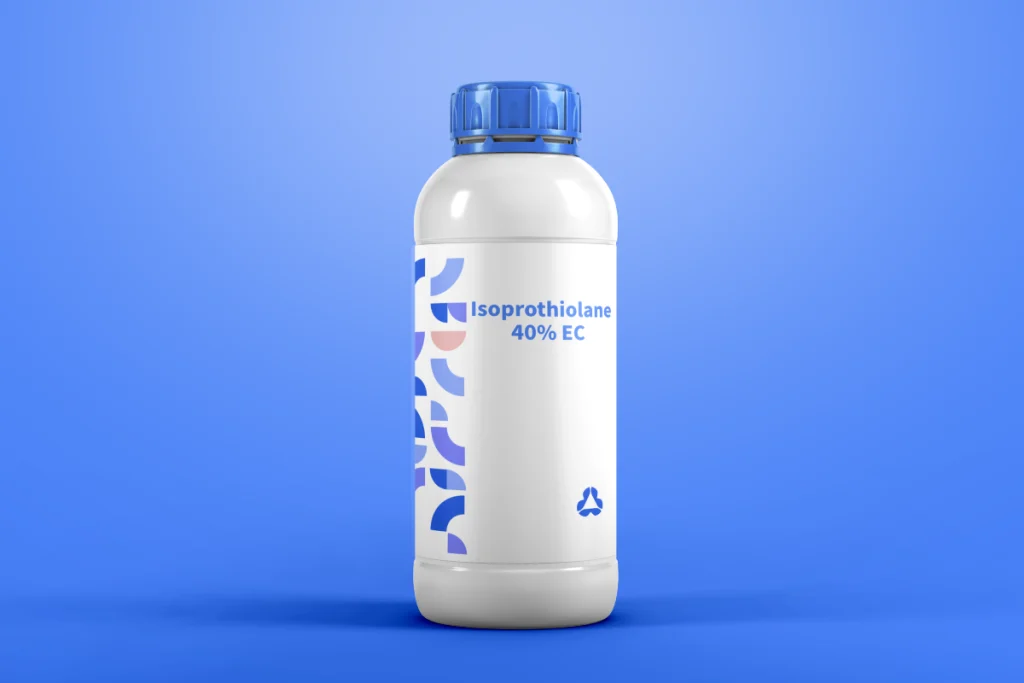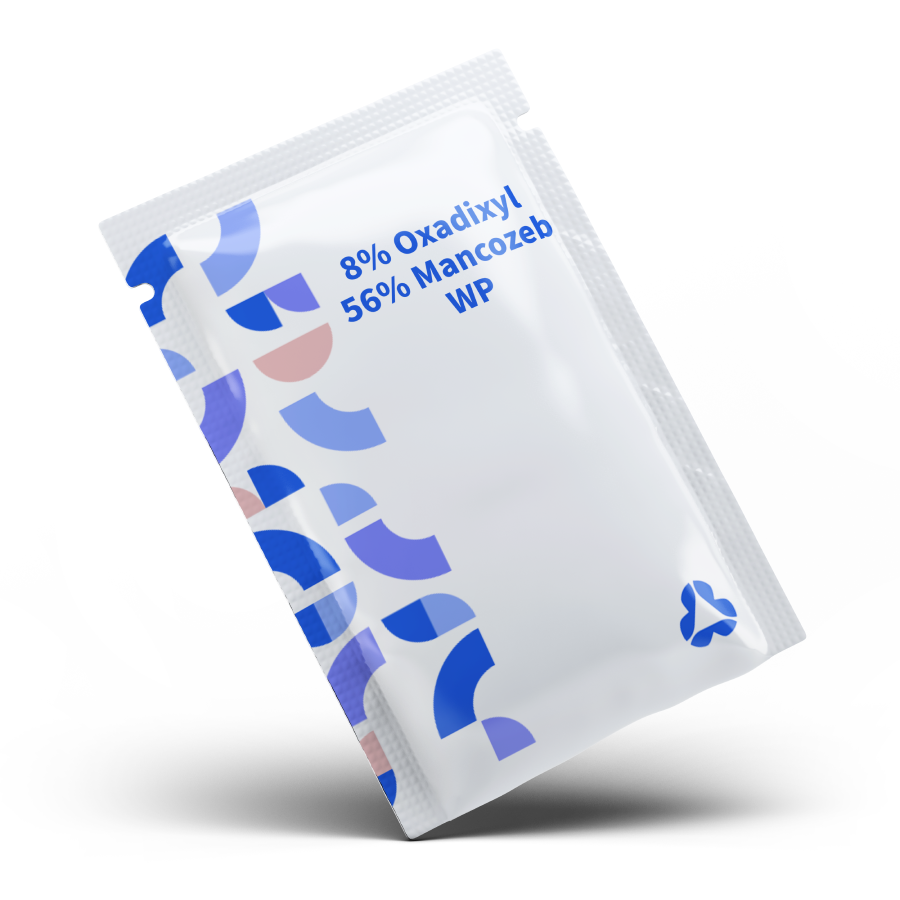| Product Name |
Active Ingredients |
Key Benefits |
| Captan 70% + Hexaconazole 5% WP |
Prevents & cures fungal infections |
Dual-surface & systemic protection |
| Hexaconazole + Prochloraz |
Triazole + Imidazole |
Broad resistance management |
| Hexaconazole + Difenoconazole |
Dual triazole action |
Improved disease resistance |
| Hexaconazole + Thifluzamide |
Fungicide synergy |
Controls rice sheath blight |
| Flubendiamide + Hexaconazole |
Insect + fungal control |
Controls lepidoptera and mildew |
| Hexaconazole + Validamycin |
Fungicide + bactericide |
Ideal for rice diseases like damping-off |
| Hexaconazole + Zineb |
Contact + systemic |
Preventative & curative protection |
Hexaconazole Price Trends
Hexaconazole remains a cost-effective choice for large-scale farming operations. Price may vary by:
5% EC and 5% SC are typically the most economical options, while 75% WG offers superior handling and storage benefits.
FAQ
1. What is Hexaconazole?
Hexaconazole is a systemic triazole fungicide that controls a broad spectrum of fungal diseases in crops. It works by inhibiting ergosterol biosynthesis, a key component of fungal cell membranes.
2. What Are the General Uses of Hexaconazole?
Hexaconazole is primarily used to:
-
Prevent and control powdery mildew, rusts, and leaf spots
-
Treat blight, scab, and sheath blight
-
Protect cereals (like rice and wheat), fruits, vegetables, and plantation crops (like tea and coffee)
3. What Are the Uses of Hexaconazole 5% SC?
Hexaconazole 5% SC (Suspension Concentrate) is used for:
-
Sheath blight in rice
-
Powdery mildew in mango, grapes, and cucurbits
-
Rusts and leaf spots in groundnut and soybean
Its suspension form enhances leaf coverage and absorption.
4. What Are the Uses of Hexaconazole 5% EC?
Hexaconazole 5% EC (Emulsifiable Concentrate) is used for:
-
Sheath blight, blast, and brown leaf spot in rice
-
Anthracnose, powdery mildew, and leaf spots in fruit crops
The EC formulation ensures better penetration in plant tissues.
5. What Is Hexaconazole’s Mode of Action?
Hexaconazole inhibits the enzyme C14-demethylase in fungi, a key player in ergosterol synthesis. Without ergosterol, fungal cell membranes cannot form properly, leading to cell leakage and death.
6. What Are the Uses of Captan 70% + Hexaconazole 5% WP?
This WP (Wettable Powder) combination:
-
Offers protective and curative action
-
Used in fruit crops (e.g., apple, mango) against anthracnose, scab, and leaf spot
-
Provides both contact (Captan) and systemic (Hexaconazole) protection
7. What Are the Uses of Hexaconazole 4% + Zineb 68% WP?
This mix is effective for:
-
Downy mildew, leaf spots, and rusts in vegetables and fruits
-
Zineb provides contact action, while Hexaconazole offers systemic protection
8. What Are the Uses of Hexaconazole 5% + Validamycin 2.5% SC?
This combination is specifically used for:
-
Sheath blight in rice
-
Validamycin targets Rhizoctonia solani, while Hexaconazole provides residual control
-
Excellent for integrated disease management
9. What Are the Uses of Imidacloprid 18.5 + Hexaconazole 1.5 FS?
This FS (Flowable concentrate for Seed treatment) combo:
-
Protects seeds and seedlings from both insect pests and soil-borne fungal diseases
-
Imidacloprid: Systemic insecticide
-
Hexaconazole: Seedling disease prevention (e.g., damping-off)
10. What Are the Uses of Flubendiamide 3.5% + Hexaconazole 5% WG?
This WG (Water Dispersible Granule) formulation:
-
Combines insect and disease control for crops like chili, brinjal, tomato
-
Flubendiamide: controls lepidopteran larvae
-
Hexaconazole: manages leaf spots and mildew
11. What Is the Difference Between Hexaconazole and Tebuconazole?
| Feature |
Hexaconazole |
Tebuconazole |
| Spectrum |
Broad-spectrum (especially rice) |
Broad-spectrum (especially cereals) |
| Persistence |
Moderate |
Longer residual activity |
| Mobility |
Systemic |
Systemic with strong root uptake |
| Primary Use |
Fungicide for rice and fruits |
Fungicide for wheat, barley, peanuts |
12. How Does Hexaconazole Compare to Propiconazole?
| Feature |
Hexaconazole |
Propiconazole |
| Crop focus |
Rice, fruits |
Cereals, turf, ornamental plants |
| Mode of action |
C14-demethylase inhibitor (same) |
Same mechanism |
| Rainfastness |
Moderate |
Slightly better |
Both are triazoles, but Propiconazole is more effective on fusarium and leaf rust in cereals.
13. What Are the Uses of Captan 70% + Hexaconazole 5% WP?
This is a repeat of Question 6:
-
For anthracnose, scab, and leaf spots
-
Combines contact + systemic fungicide action for fruits and vegetables
14. What Are the Uses of Hexaconazole + Zineb?
The combination targets:
-
Alternaria leaf spots, early blight, downy mildew
-
Common in tomato, potato, cucurbits, and onions
Zineb acts on spore surfaces while Hexaconazole works internally.
15. How Is Hexaconazole Combined with Carbendazim?
This mix provides:
-
Dual systemic action: Hexaconazole (ergosterol inhibition) + Carbendazim (mitosis inhibition)
-
Broad-spectrum control against leaf spots, mildew, and blights
-
Common in rice, sugarcane, and pulses
16. What Is the Price of Captan 70% + Hexaconazole 5% WP?
The price varies by manufacturer and packaging. On average:
-
₹700–₹1,200 per kg in India
-
International: $8–$20 per kg, depending on bulk orders
(Prices may vary by country, supplier, and regulation)
17. Is Hexaconazole Safe for Plants?
Yes, when used at recommended dosages, Hexaconazole is:
Always follow label instructions and observe pre-harvest intervals.




